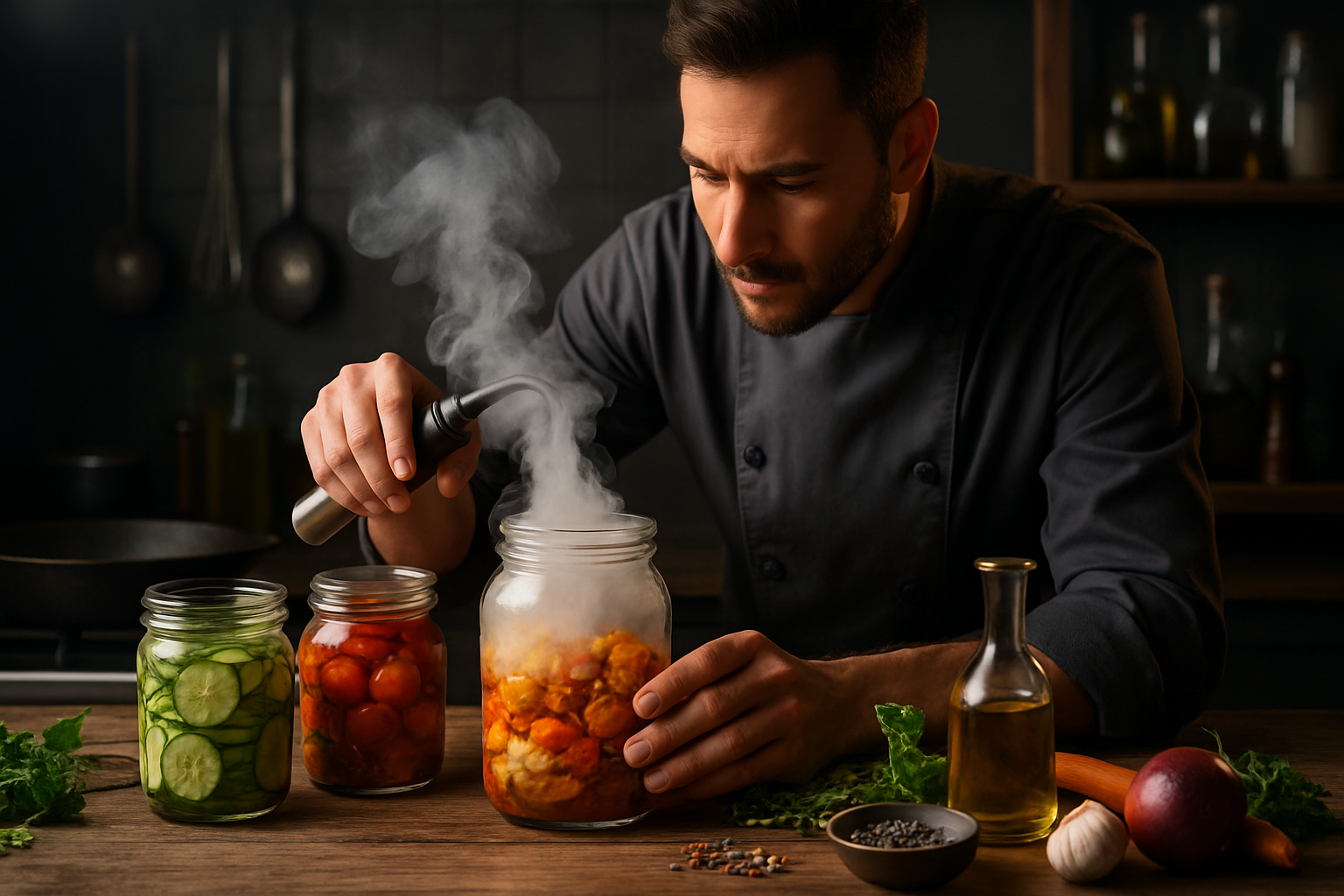Seasonal Ingredients That Transform Everyday Meals
Discover how simple seasonal ingredients can elevate routine cooking into memorable meals. This article explores practical ways to use fresh produce, preserved condiments, and creative beverages to change flavor, texture, and presentation while supporting sustainable cuisine choices.

Seasonal ingredients shift the foundation of everyday cooking by offering peak-flavor produce, aromatic herbs, and textures that store-bought alternatives rarely match. When you plan meals around what’s abundant locally, you benefit from improved taste, reduced waste, and creative opportunities in plating and snacking. This practical guide explains how to incorporate seasonal elements into recipes, beverages, mixology, and mealprep without requiring specialized equipment or complex techniques.
How does seasonal produce affect culinary flavor?
Seasonal produce arrives at peak ripeness, which directly changes the balance of sweetness, acidity, and texture in dishes. In culinary practice, a ripe tomato in summer or a winter squash in colder months alters sauce consistency, roasting times, and even how you finish a dish with condiments. Chefs and home cooks alike notice that seasonal fruit and vegetables need less seasoning to shine, enabling simpler recipes to deliver deeper flavor and more nuanced gastronomy.
What role do fermentation and condiments play?
Fermentation amplifies seasonal produce into long-lasting condiments that provide umami and acidity year-round. Quick ferments—like pickled cucumbers, sauerkraut, or miso-based dressings—transform surplus harvest into versatile additions for sandwiches, salads, and proteins. Condiments made from seasonal ingredients act as concentrated flavor boosters for mealprep and snacking, helping balance dishes while reducing reliance on processed sauces. Fermentation also introduces probiotics and complex taste layers that enrich both cuisine and everyday dining experiences.
How can mealprep use seasonal ingredients?
Mealprep benefits from seasonal planning: roast a tray of root vegetables in autumn, batch-cook legumes, and preserve citrus zest for winter use. Seasonal staples require mindful storage—root cellaring, freezing blanched greens, or making jams from excess fruit—so weekly meals remain varied. Using a seasonal rotation keeps recipes fresh and sustainable, reduces food waste, and supports local farmers. Thoughtful mealprep with seasonal produce simplifies plating and makes weekday dining feel deliberate rather than hurried.
How do beverages and mixology benefit?
Seasonal syrups, infusions, and garnishes change the profile of beverages and cocktails across the year. Fresh berries, herb infusions, roasted citrus peels, or spiced syrups create distinctive beverages and elevate mixology at home. Non-alcoholic beverages can mirror this creativity: shrub syrups made from late-season fruit add brightness to sparkling water, while preserved spices or fermented tea bases contribute depth. Using seasonal components in beverages links the drink program to overall cuisine and dining patterns.
How to enhance umami in everyday recipes?
Umami can be built from seasonal sources: mushrooms, tomatoes, aged cheeses, and fermented condiments concentrate savory notes when cooked carefully. Slow-roasting tomatoes in peak season, reducing broths with seasonal bones and aromatics, or finishing dishes with a dash of miso or fish sauce (used judiciously) introduces complexity without overpowering other ingredients. Combining umami-rich elements with fresh herbs and bright acid maintains balance, improving the appeal of simple weekday recipes and more formal gastronomy-style plates.
How does plating and dining influence enjoyment?
Plating that highlights seasonal elements—raw microgreens in spring, vibrant root-vegetable ribbons in fall—improves perceived freshness and encourages mindful dining. Even casual snacking benefits from simple presentation: a small board of seasonal preserves, pickles, and cheeses invites communal tasting. Sustainable choices, such as prioritizing local services for produce or choosing minimal-packaging suppliers in your area, contribute to a more intentional dining culture. Thoughtful plating and seasonal variety make everyday meals feel more considered and enjoyable.
Seasonal ingredients are practical tools for transforming routine cooking into dynamic meals. By combining fresh produce with preserved condiments, fermentation techniques, and small adjustments to beverages and plating, home cooks can achieve richer flavors and more sustainable meal routines. Integrating these approaches into regular recipe planning and mealprep supports variety, reduces waste, and keeps dining experiences aligned with the natural rhythm of available ingredients.





